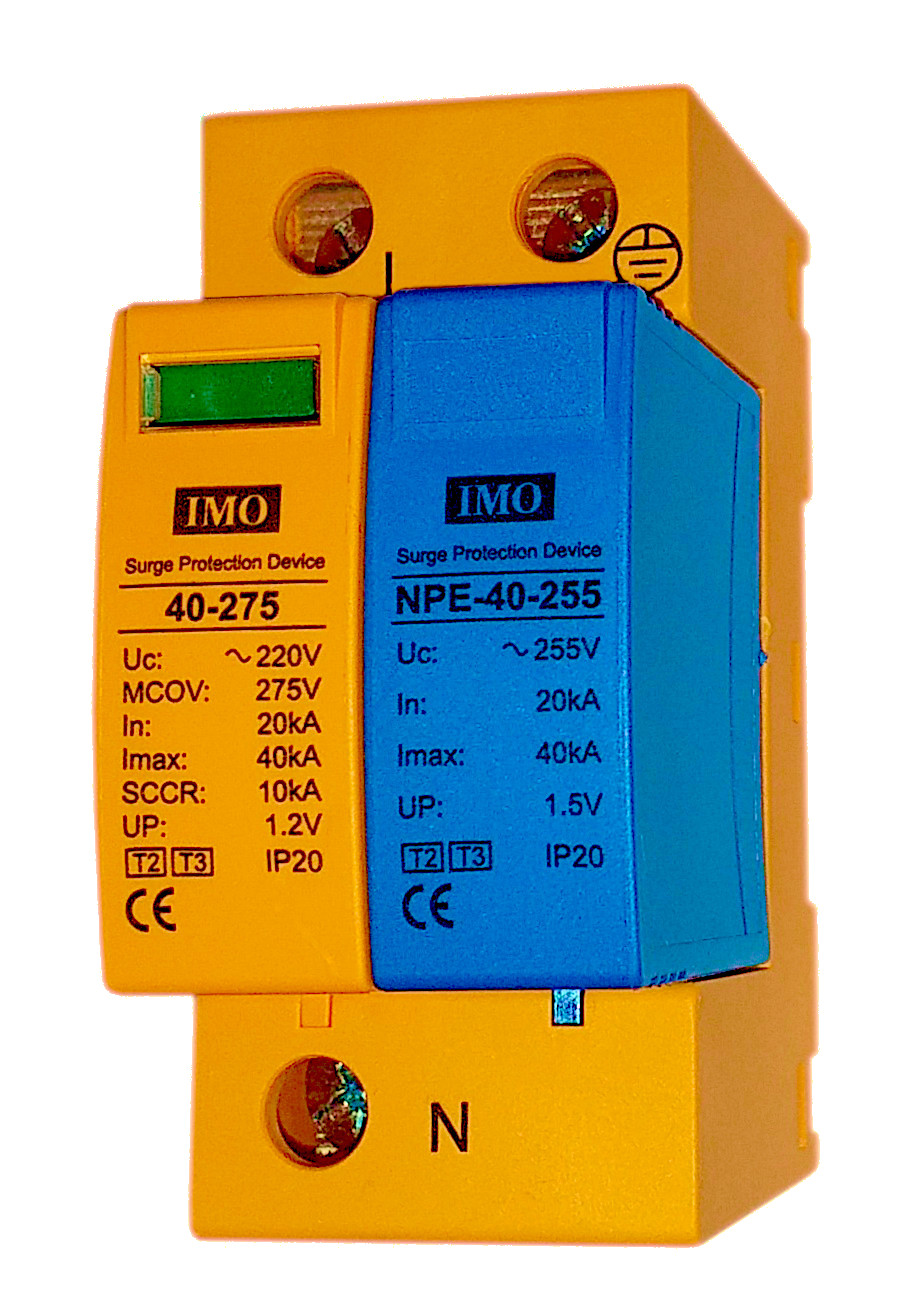Brian63
Veteran Member
- Joined
- Jan 8, 2001
- Messages
- 1,639
- Location
- Michigan
- Gender
- Male
- Basic Beliefs
- Freethinker/atheist/humanist
We bought a new TV recently and want to protect it with strong surge protection. We have the option of buying one brand new. Let's say that we want it to be able to handle 900 joules. Instead of getting a single surge protector that handles that amount, would it work just as well to use several smaller surge protectors that add up to that amount? They could be plugged into each other in a chain, for instance. Ignore for the moment any concerns about clutter of multiple surge protectors or cosmetics or such. Only in terms of efficacy, would it work as fine to use 1 surge protector of 200 joules, another of 250 joules, and another of 450 joules?

